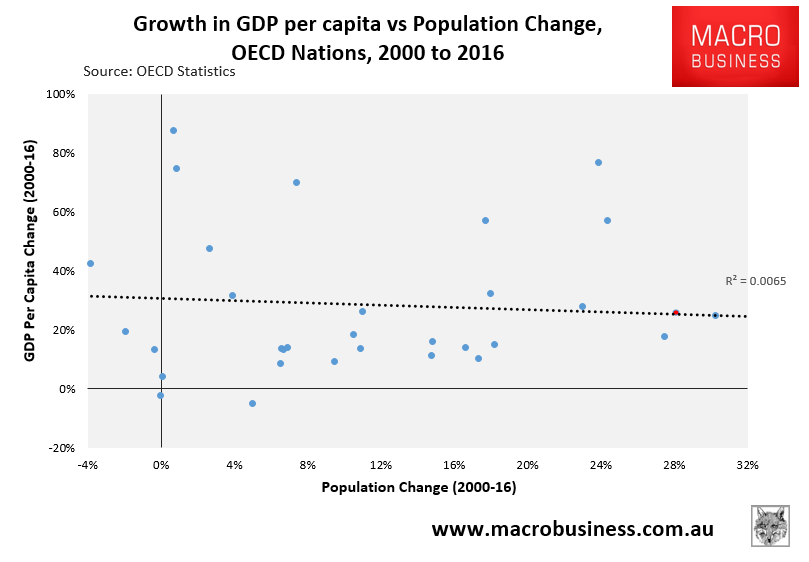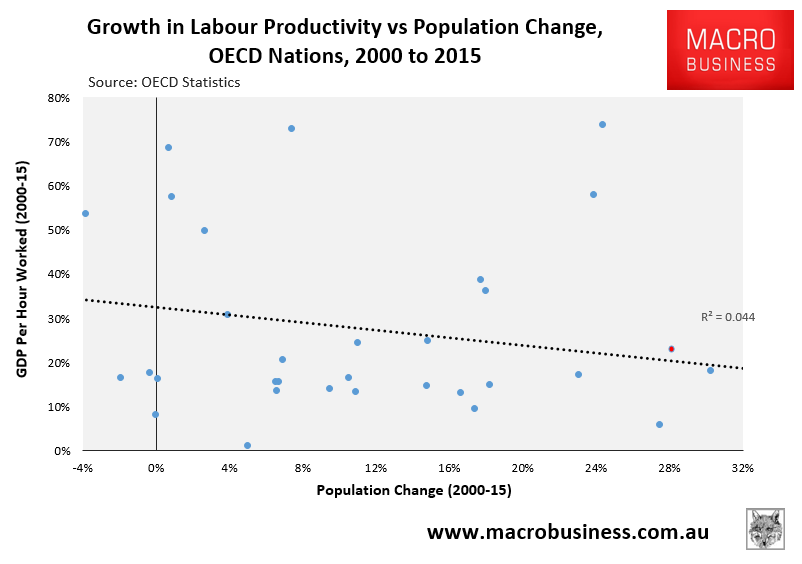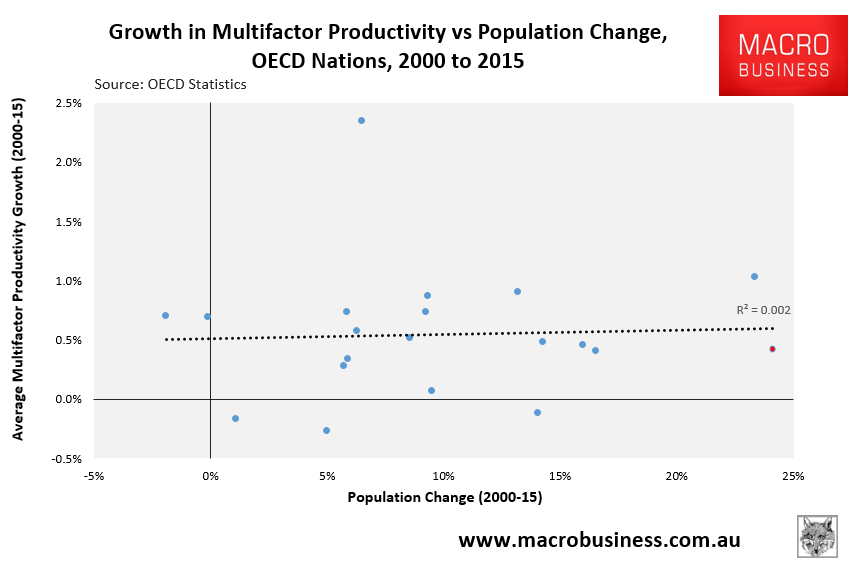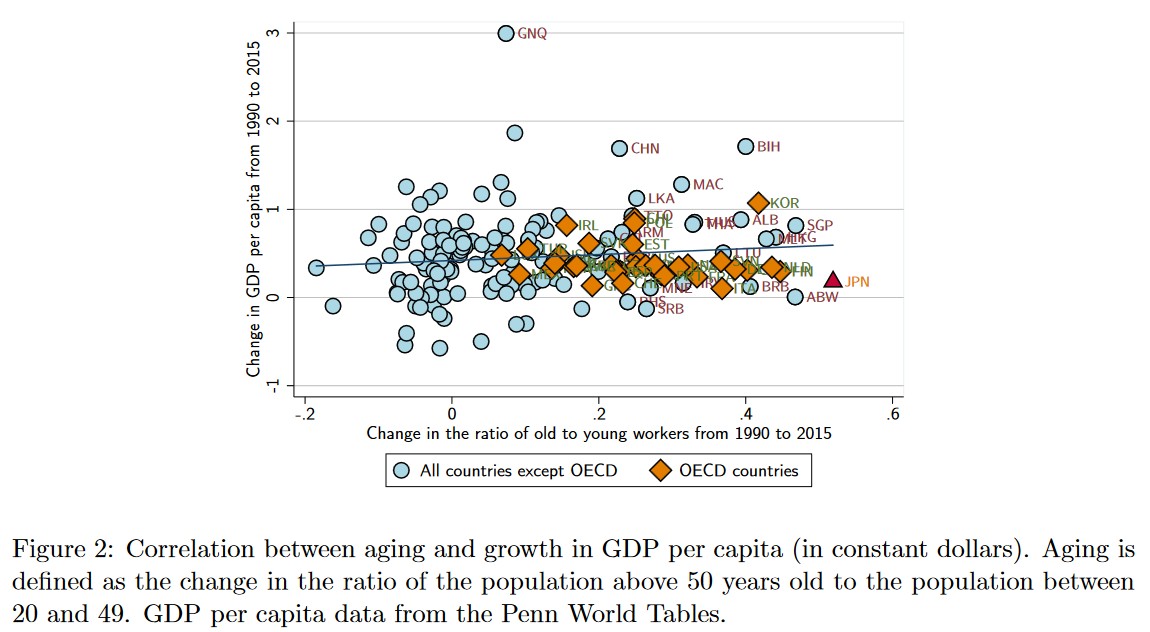Robert Skidelsky, Professor Emeritus of Political Economy at Warwick University, has penned an excellent article in Project Syndicate debunking commonly used economic justifications for mass immigration:
Standard economic theory tells us that net inward migration, like free trade, benefits the native population only after a lag. The argument here is that if you increase the quantity of labor, its price (wages) falls. This will increase profits. The increase in profits leads to more investment, which will increase demand for labor, thereby reversing the initial fall in wages. Immigration thus enables a larger population to enjoy the same standard of living as the smaller population did before – a clear improvement in total welfare.
A recent study by Cambridge University economist Robert Rowthorn, however, has shown that this argument is full of holes. The so-called temporary effects in terms of displaced native workers and lower wages may last five or ten years, while the beneficial effects assume an absence of recession. And, even with no recession, if there is a continuing inflow of migrants, rather than a one-off increase in the size of the labor force, demand for labor may constantly lag behind growth in supply. The “claim that immigrants take jobs from local workers and push down their wages,” Rowthorn argues, “may be exaggerated, but it is not always false.”
A second economic argument is that immigration will rejuvenate the labor force and stabilize public finances, because young, imported workers will generate the taxes required to support a rising number of pensioners…
Rowthorn dismisses this argument. “Rejuvenation through immigration is an endless treadmill,” he says. “To maintain a once-and-for-all reduction in the dependency ratio requires a never-ending stream of immigrants. Once the inflow stops, the age structure will revert to its original trajectory.” A lower inflow and a higher retirement age would be a much better solution to population aging.
Thus, even with optimal outcomes, like the avoidance of recession, the economic arguments for large-scale immigration are hardly conclusive. So the crux of the matter is really its social impact. Here, the familiar benefit of diversity confronts the downside risk of a loss of social cohesion…
The policy conclusion to be drawn is banal, but worth restating. A people’s tolerance for change and adaptation should not be strained beyond its limits, different though these will be in different countries. Specifically, immigration should not be pressed too far, because it will be sure to ignite hostility. Politicians who fail to “control the borders” do not deserve their people’s trust.
Politicians and economists frequently claim that maintaining a ‘strong’ immigration program is essential as it keeps the population young and productive, and without constant immigration, the population would grow old and the economy would stagnate.
Economic models are often cited as proof that a strong immigration is ‘good’ for the economy because they show that real GDP per capita is moderately increased via immigration, based on several dubious assumptions.
First, it is generally assumed in these models that population ageing will result in fewer people working, which will subtract from per capita GDP. However, it is just as likely that age-specific workforce participation will respond to labour demand, resulting in fewer people being unemployed, as we have witnessed in Japan.
Even if this assumption was true, the benefit to GDP per capita would only be transitory. Once the migrant workers grow old, they too will add to the pool of aged people, thus requiring an ever-bigger immigration intake to keep the population age profile from rising.
Indeed, the Productivity Commission (PC) has for more than a decade debunked the myth that immigration can overcome population ageing. For example, in its 2010 submission to the Minister for Population, the PC explicitly noted that “substantial increases in the level of net overseas migration would have only modest effects on population ageing and the impacts would be temporary, since immigrants themselves age”.
Academic demographer, Peter McDonald, has also previously stated that it is “demographic nonsense to believe that immigration can help to keep our population young”.
Second, it is generally assumed that migrant workers are more productive than the Australian born population and, therefore, labour productivity is increased through strong immigration. However, the evidence here is highly contestable, with migrants generally being employed below the level of their qualifications, as well as having lower labour force attachment than the Australian born population (more information here).
Third, economists generally ignore obvious ‘costs’ of mass immigration on productivity. Growing the population without commensurately increasing the stock of household, business and public capital to support the bigger population necessarily ‘dilutes’ the capital base, leaving less capital per person and lowering productivity. We have witnessed this first hand with the costs of congestion soaring across Australia’s big cities.
Moreover, the cost of retro-fitting Australia’s major cities with infrastructure to cope with larger populations is necessarily very expensive – think tunnelling and land acquisitions – with costs borne largely by the incumbent population.
Finally, while economic models tend to show a modest improvement in real GDP per capita, the gains are more likely to flow to the wealthy, whereas ordinary workers are made worse-off.
In 2006, the PC completed a major study on the Economic Impacts of Migration and Population Growth, which modelled the impact of a 50% increase in Australia’s skilled migrant intake over the 20 years to 2024-25. The modelling found that even skilled migration does not increase the incomes of existing residents. According to the Commission: “the distribution of these benefits [from skilled migration] varies across the population, with gains mostly accrued to the skilled migrants and capital owners. The incomes of existing resident workers grow more slowly than would otherwise be the case”.
Of course, there are other costs borne by incumbent residents from immigration that are not captured in the economic modelling, such as rising congestion, increased infrastructure costs, reduced housing affordability, and environmental degradation – none of which are given appropriate consideration by politicians nor economists.
In Australia’s case, adding a Canberra-worth of population each and every year – with 80,000 to 100,000-plus people flooding into Sydney and Melbourne – requires an incredible amount of investment just to keep up. Hence, Australia’s infrastructure deficit has fallen badly behind over the past decade, and will continue to do so under Australia’s mass immigration program, thus eroding residents’ living standards.
Empirical data does not support mass immigration:
While the economic models might show small per capita gains from immigration-fuelled population growth, based on faulty assumptions, the actual empirical evidence shows zero link between population growth and prosperity.
The next chart plots the growth in GDP per capita versus population change between 2000 and 2016 across OECD nations and shows no correlation (Australia denoted in red):

Meanwhile, there is a slight negative relationship between labour productivity and population growth:

Whereas there is zero correlation between population growth and multifactor productivity across OECD nations:

A study released this year by economists at the Massachusetts Institute of Technology (MIT) also found “that even when we control for initial GDP per capita, initial demographic composition and differential trends by region, there is no evidence of a negative relationship between aging and GDP per capita; on the contrary, the relationship is significantly positive in many specifications”:

It’s time for an honest debate:
Australia’s major political parties – the Coalition, Labor and The Greens – each support ongoing mass immigration.
Behind the scenes, the ‘growth lobby’ of retailers, the banking sector, the property industry and erroneously named ‘think tanks’ all push the growth-ist agenda on flawed economic grounds, while completely ignoring the cost burden on ordinary residents.
At the same time, many on the left pursue the globalist agenda of ‘open borders’ citing spurious social justice concerns, conveniently ignoring the deleterious impacts on developing nations when countries like Australia rob them of their ‘skilled’ workers.
Currently, there is no plan other than to flood the major cities with tens-of-thousands of extra people each year to stoke overall economic growth (but not growth per person), to support big business (e.g. the property industry), and to prevent Australia from going into recession (despite growth per person stagnating).
Meanwhile, individual living standards are being eroded through rising congestion costs, declining housing affordability, paying more for infrastructure (e.g. toll roads), environmental degradation, and overall reduced amenity.

